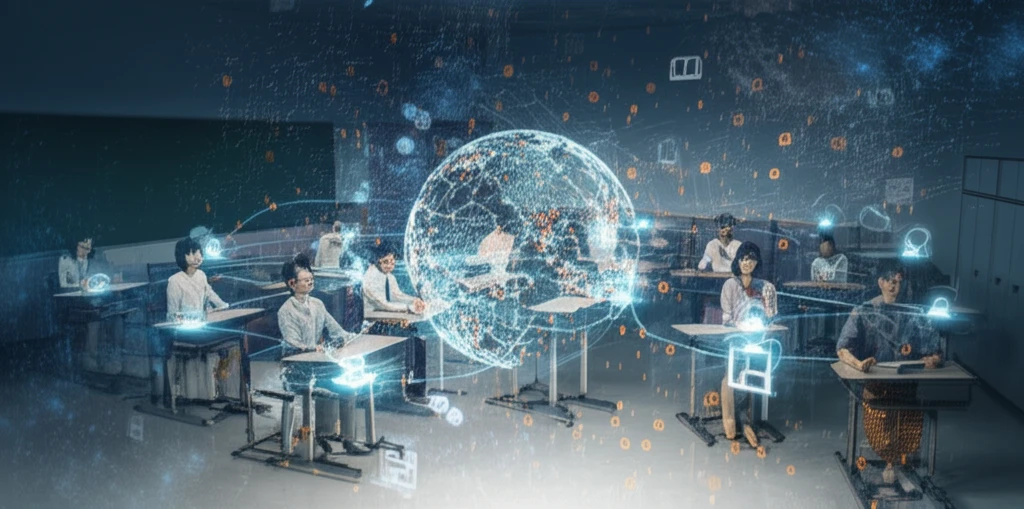
Unlocking Education 2.0: How Social Networks are Revolutionizing Teaching
"Discover how educators are leveraging social media to foster engaging, collaborative, and personalized learning experiences in the digital age."
The integration of social networks into the educational landscape has sparked new avenues for research, driven primarily by the enhanced possibilities for communication, interaction, and socialization. Social networks offer a plethora of resources for teaching and learning, despite their informal nature and the challenges of aligning them with formal educational systems.
This article examines the integration of social networks in education. It highlights key aspects of implementing the teaching process, including the evolving role of educators, emerging teaching models and styles, and the potential curricular approaches that leverage social networks effectively. Through a case study, “Econogargallo,” we delve into practical applications and insights.
The rise of social networks reflects a broader trend of technology reshaping social, economic, and cultural norms. Concepts like the Information Society, Knowledge Society, and Network Society underscore the profound impact of digital technologies. Within education, technology has spurred new learning formats such as e-learning and blended learning.
Redefining the Teaching Process Through Social Networks

Social networks, or more accurately, social networking sites (SNS), are virtual environments that enable interaction among users, foster community building, and facilitate information exchange. These factors significantly enhance the learning process, aligning with pedagogical approaches advocated by educational theorists like Freinet, Freire, and Vygotsky.
- Collaborative Learning: SNS facilitate group projects, peer reviews, and shared resource creation.
- Personalized Instruction: Teachers can tailor content and feedback to individual student needs.
- Real-time Communication: Instant messaging and discussion boards enable timely feedback and support.
- Extended Learning: Learning extends beyond the classroom, fostering continuous engagement.
- Global Connections: Students connect with peers and experts worldwide, broadening perspectives.
Conclusion: Embracing the Future of Education
The study of Econogargallo demonstrates how SNS facilitate curricular designs for formal and face-to-face processes. By structuring communication spaces with specific educational purposes and blending virtual and mixed activities, SNS enhance the synergy between virtual and physical learning environments. This approach ensures that the evolving role of technology enriches, rather than overshadows, the core tenets of effective education.
